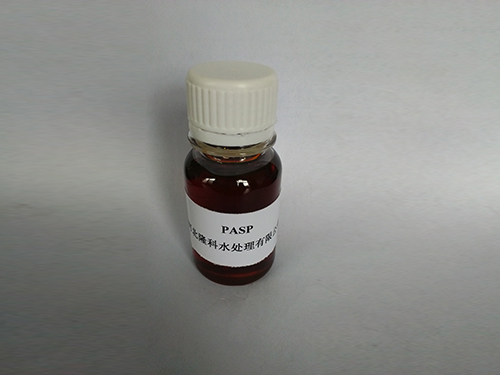Exploring the Properties and Applications of Phosphorothioate Compounds in Biotechnology and Medicine
Phosphorothioates An Overview of Their Structure, Properties, and Applications
Phosphorothioates are a significant class of chemical compounds that have garnered considerable attention in various fields, chiefly in medicinal chemistry and molecular biology. Structurally, phosphorothioates are derivatives of phosphoric acid in which one of the oxygen atoms is replaced by a sulfur atom. The general structure can be represented as R'OP(S)(O)(R)₂, where R and R' denote organic groups. This modification enhances the stability and bioavailability of oligonucleotides, making them valuable tools in genetic research and therapeutic applications.
One of the most notable features of phosphorothioates is their ability to confer resistance to enzymatic degradation. In biological systems, nucleic acids are vulnerable to hydrolysis by nucleases, which can limit the therapeutic potential of nucleic acid-based drugs. Phosphorothioate linkages effectively protect these molecules from enzymatic attack, thereby increasing their half-life in biological environments. This property is particularly beneficial in developing antisense oligonucleotides and small interfering RNAs (siRNAs), which rely on the stability of their phosphorothioated forms to elicit their biological effects.
Phosphorothioates play a critical role in gene silencing approaches, where they can be employed to inhibit the expression of specific genes associated with diseases. By designing oligonucleotides with phosphorothioate modifications, researchers can enhance the potency and specificity of these molecules, thus providing an efficient means to combat genetic disorders and various malignancies. Clinical trials have demonstrated the efficacy of phosphorothioate-based therapies in treating conditions such as cancer and viral infections, marking significant progress in the field of therapeutics.
phosphorothioate

In addition to their applications in gene therapy, phosphorothioates also find use in the development of novel diagnostic tools. Their ability to bind selectively to specific RNA or DNA sequences allows for the creation of highly sensitive detection methods. For instance, phosphorothioate-modified probes can be utilized in polymerase chain reactions (PCR) or other nucleic acid amplification techniques, significantly increasing the accuracy and sensitivity of these methods in detecting pathogens or genetic abnormalities.
Despite their numerous advantages, the use of phosphorothioates is not without challenges. One potential issue is the variability in their pharmacokinetics, which can be influenced by factors such as the route of administration, the specific sequence of the oligonucleotide, and the presence of serum proteins. Additionally, the long-term effects of phosphorothioate-based therapies are still under investigation, as the introduction of sulfur atoms into nucleic acid structures may lead to unforeseen biological consequences. It is imperative for researchers to continue exploring these compounds to fully elucidate their safety profiles and optimize their therapeutic potential.
The synthesis of phosphorothioates typically involves the use of specialized reagents and conditions. Traditional methods rely on phosphorus-sulfur chemistry, which can be intricate and may require meticulous control of reaction parameters. However, advancements in synthetic strategies are beginning to ease the complexity associated with their preparation, enabling researchers to produce these compounds more efficiently and in a variety of applications.
In conclusion, phosphorothioates represent a promising frontier in the landscape of nucleic acid research and therapeutic development. Their unique structural attributes, coupled with their ability to resist degradation and enhance the efficacy of nucleic acid-based technologies, position them as vital components in modern medicinal chemistry. As research continues to expand our understanding of phosphorothioates, we can anticipate further innovations in gene therapy and molecular diagnostics that harness the power of these remarkable compounds.
-
LK-319 Special Scale And Corrosion Inhibitor For Steel Plants: Advanced Solutions for Industrial Water SystemsNewsAug.22,2025
-
Flocculant Water Treatment: Essential Chemical Solutions for Purification ProcessesNewsAug.22,2025
-
Isothiazolinones: Versatile Microbial Control Agents for Industrial and Consumer ApplicationsNewsAug.22,2025
-
Scale Inhibitor: Key Solutions for Water System Scale PreventionNewsAug.22,2025
-
Organophosphonates: Versatile Scale Inhibitors for Industrial Water SystemsNewsAug.22,2025
-
Scale and Corrosion Inhibitor: Essential Chemical Solutions for Water System MaintenanceNewsAug.22,2025





